Mastering Plastics Pipe Pressure Resistance
With construction work always changing, ensuring the plastic pipes in question are extremely robust and durable is huge. The
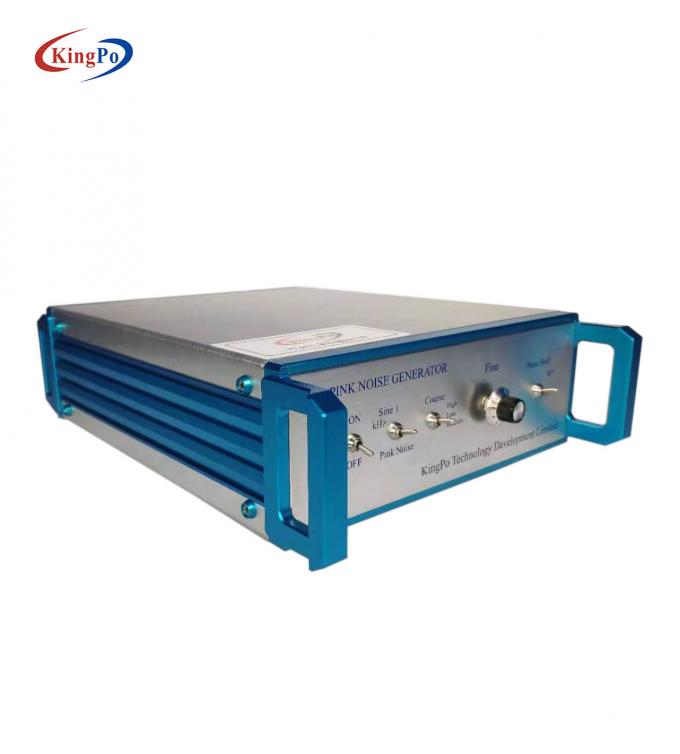
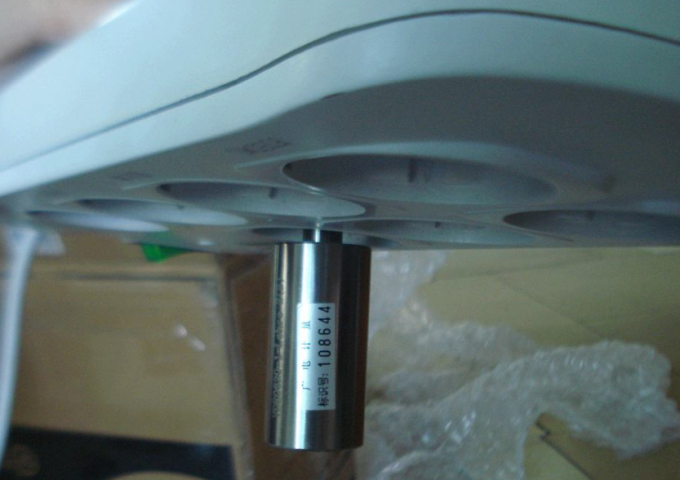
One of the main considerations of pressure and burst testing is the determination of the pipe's
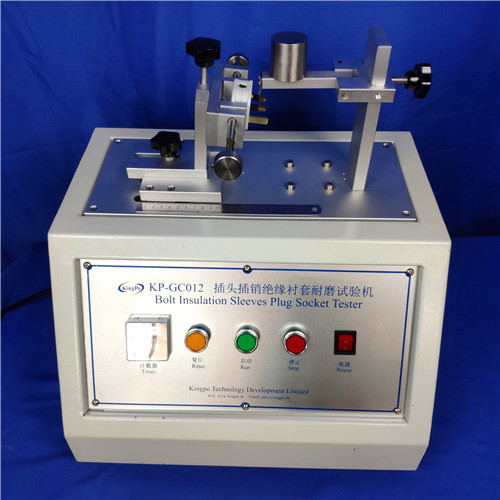
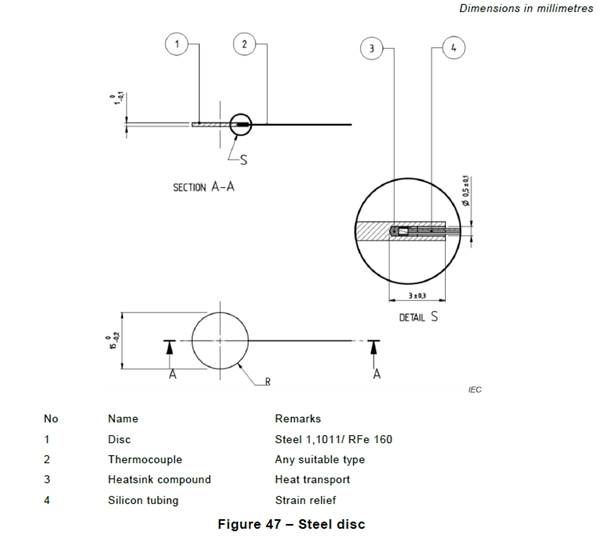

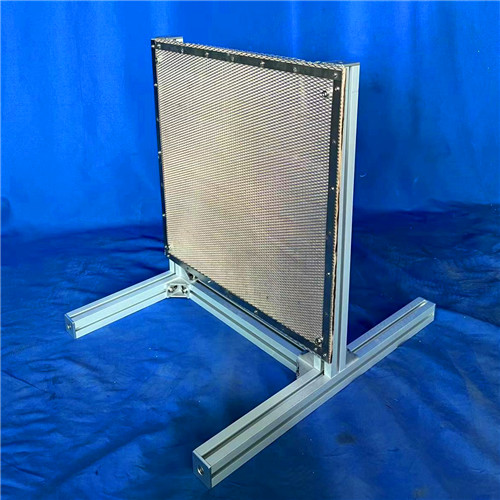
For example: Some latest study by ASME showed how essential these assessments are while you're installing polymer piping systems. The the study indicates that performing these tests correctly can really reduce expenses and improve your system significantly.
We have learned from one of our major clients in construction firm that desired to tell us about their story. They commented using this constant pressure testing within their projects lets them catch issues before they escalate into a major, costly repair or even a major problem. They observed a significant improvement in the standard of their plumbing installations also, all due to gaining insights from the testing procedure.
- Is defibrillation protection testing done correctly?
- KingPo Delivers and Installs State-of-the-Art Dust Chamber in Korea, Enhancing Local Testing Capabilities
- Fatal mistakes in IPX9K waterproof test: nozzle size and water temperature control, the truth you must know
- Neutral Electrode Temperature-rise Tester: Ensuring Safety in Electrosurgery
- What are the key differences between ISO 80369-7 and ISO 594?
- KINGPO Company Unveils Next-Generation Electrosurgery Analyzer
- KINGPO 2024 R&D Results Report
- ISO 80369-7:2016 Connectors with 6% (Luer) taper for intravascular or hypodermic applications What is the ISO 80369-7 standard? What happened to ISO 594-1 and ISO 594-2?
- ISO 80369-3 Test Equipment LIst
- Understanding ASTM F2059 Fluid Flow Test: A Comprehensive Overview


